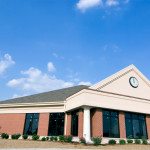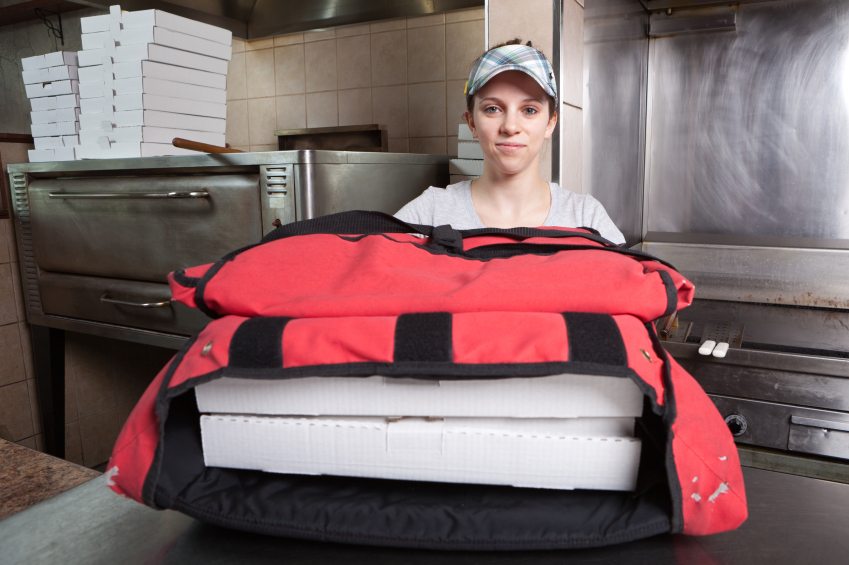 Magicians and con-men have known for centuries how to deceive, seduce, and exploit audiences and individuals to their benefit. Francis Bacon, 16th century philosopher, scientist, and author, said, “Man prefers to believe what he prefers to be true.” We are willing victims, even active accomplices, in the regular misinterpretation of the world around us, often to our dismay and sometimes to our harm.
Magicians and con-men have known for centuries how to deceive, seduce, and exploit audiences and individuals to their benefit. Francis Bacon, 16th century philosopher, scientist, and author, said, “Man prefers to believe what he prefers to be true.” We are willing victims, even active accomplices, in the regular misinterpretation of the world around us, often to our dismay and sometimes to our harm.
In fact, neuroscientists are just beginning to unravel the secrets of the brain – how we see the world, and how we remember details of events and environments. This can help us understand the hidden feelings that color our decisions and drive our actions, which in turn can help us make better decisions.
Decision Systems in Our Brains
The human brain is a magnificent organ, developed over hundreds of millions of years of evolution. It equals about 2% of your body weight but consumes more than 20% of your oxygen and blood flow. Research suggests that the brain functions through the more than 1,000 trillion synapses between brain cells (neurons) that are constantly growing and dying throughout life.
As explained in The New York Times, Dr. Daniel Kahneman, a Nobel Prize winner and author of “Thinking, Fast and Slow,” theorizes that our brains operate on two different levels or systems which he calls “Experiencing Self,” or System 1, and “Remembering Self,” or System 2. The first system operates primarily on a subconscious level: It is fast, automatic, emotional, frequently in play, and relies mostly on stereotypes. The second system is deliberate, logical, slow, infrequent, and lazy – coming into play only with effort. System 1 jumps to conclusions, while System 2 forms judgments. System 2 likes novelty, significance, and endings (the last moments of an experience).
Kahneman theorizes that we rely on System 1 – what writer Malcolm Gladwell in his book “Blink” calls “intuition” – for most decisions, exercising System 2 only with conscious effort and when we are aware that System 1 might be faulty. These basic cognitive processes are necessary to accurately perceive and understand the world around us. However, the tendency to over-rely on intuition – stereotypes, impressions, and distorted, even false memories – frequently leads to bad conclusions, inappropriate acts, and later regrets.
Read more . . .




